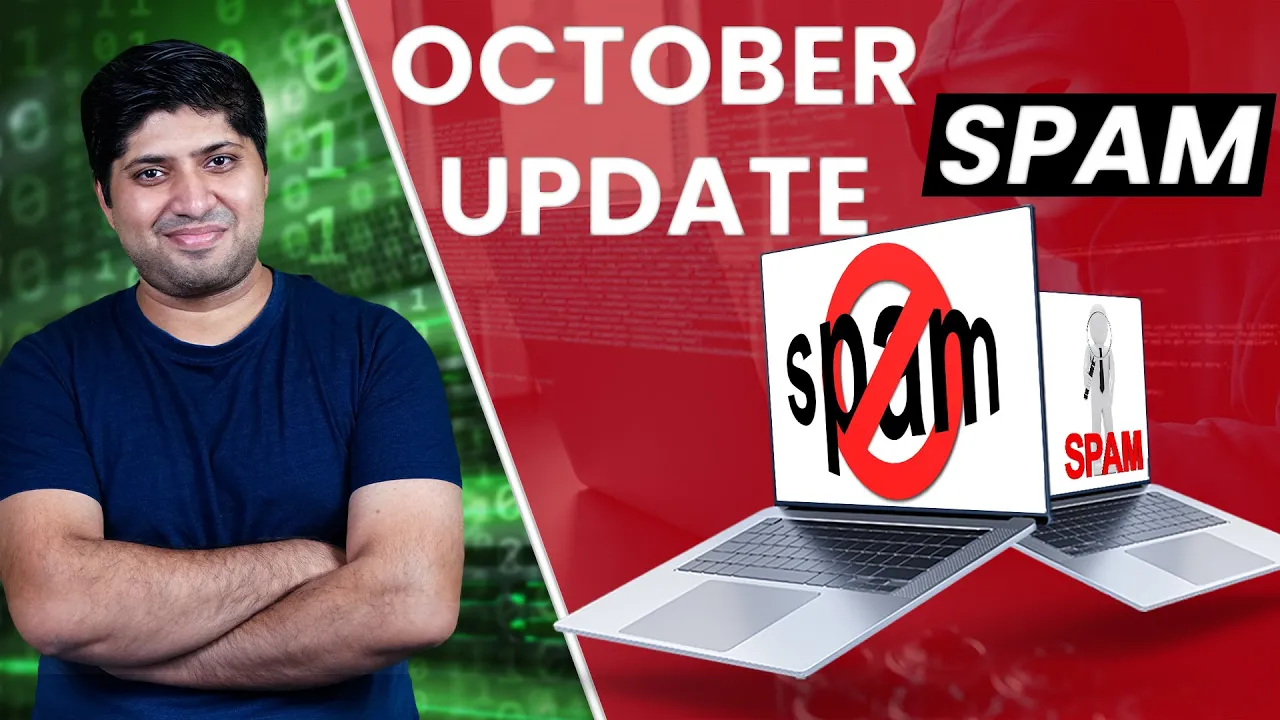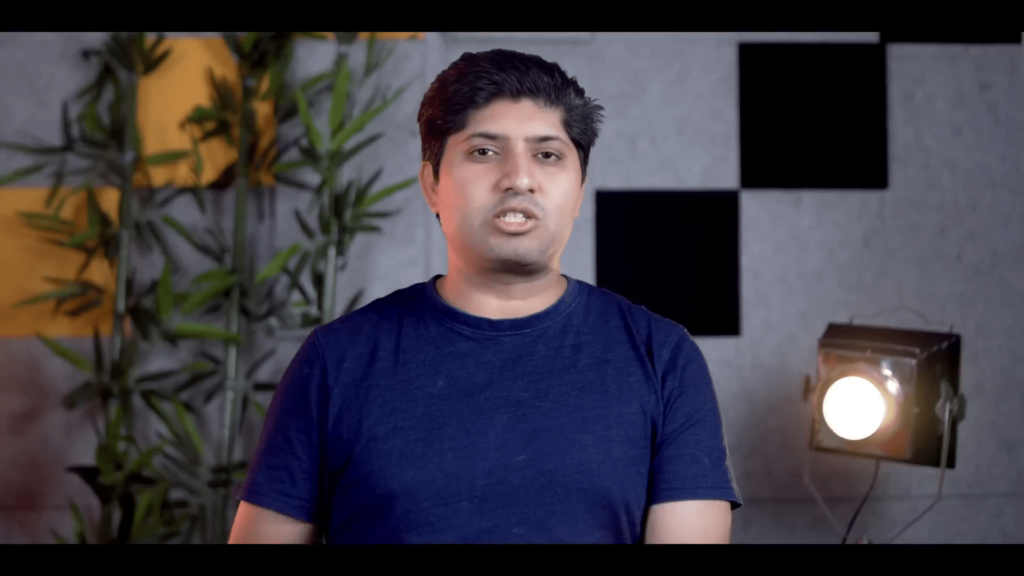In October 2022, Google again published changes that affected the traffic of many websites, including all popular CMSs. This Spam Update seeks to improve spamming detection and enforcement systems on Google Spam determined on such sites. It is also important to note that in case of traffic loss due to any of the algorithm changes, one needs to learn about everything that is related to the specific update and the ways to get back from its shocks. The article will then investigate the 15 reasons that are regarded as spam by Google and offer measures to restore the traffic on the specified website.
Understanding the October Spam Update 🧐
It is not within the objectives of the spam update in Google to harass certain sites, rather it is aimed at strengthening the spam management’s walls wherever they are built. Therefore, if users want to know why their site has been spammed and others have not, it would be a matter of policy violation. Google has claimed that the sites hurt by this update will bump back its traffic, however,, this is not so simple and requires a thorough grasp of the adjustments and all required steps.
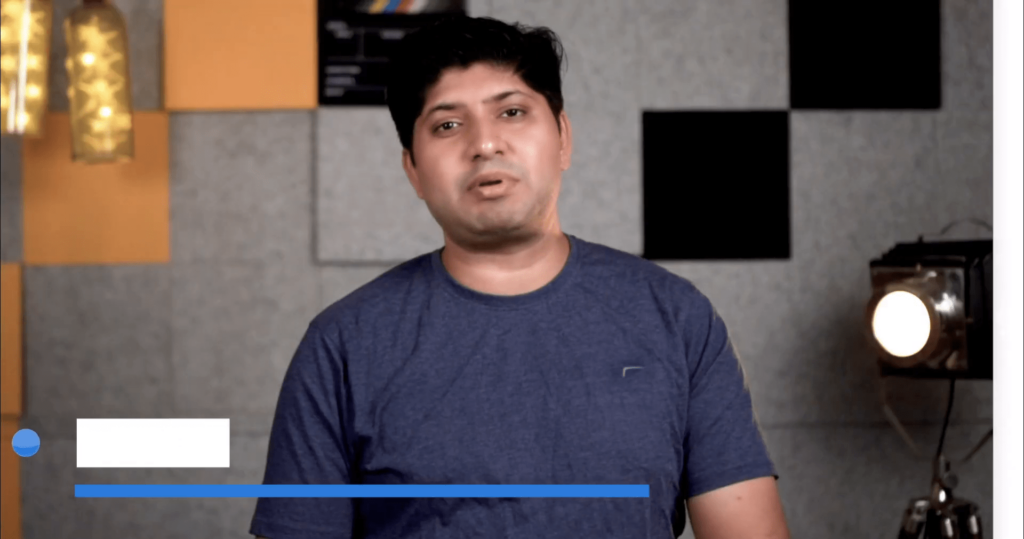
Recognizing changes made by Google is not a direct process, for those kinds of developments usually include plenty of separate parts and influence various systems at the same time. There is no one-click undo for the update’s impact. For this reason, it is necessary to spare no effort in each section and comprehend every aspect written in this paper.
Spam activities that Google stated as 15 key spammers ⚠️
One of the spam issues that Google has identified is 15 which you should know how to recover from the October update. A recap of the general description of each activity is provided below:
Backlink Spamming: It consists primarily of creating backlinks unrealistically coerced against most of the actions of selling links or arranging link exchanges for dubious reasons.
Keyword Stuffing: The deliberate and excessive use of a particular word or group of phrases in content for the sole purpose of improving the content’s rank in search engine listings.
Clocking: Giving out different information to customers as well as search engines.
Doorway Pages: With the advent of Internet marketing techniques, multiple pages of similar content but designed separately and directed to different geographies.
Hacked Content: The content that has been abused because someone hacked into your site.
Hidden Content: An undetectable content, a text or link that is concealed to a user but visible to bots.
Scraping: Dispensing resources highly to applications that index contents on search engines and analyze them.
Artificial Content: Using online machines that generate pieces of writing that are not up to the standards dictated by Google.
Malware: Software aimed at visitors’ devices with the intent to deliver any rogue code.
Misleading Functionality: Such promises, however, do not come along with the actual offering.
Sneaky Redirects: Different URLs are even if users do not see them.
Lazy Affiliate Pages: Affiliates who join with the manufacturers and use already provided content without further working on the specific aspect.
User-Generated Spam: Non-moderated user content.
Real Scams: Websites that are pretending and impersonating well-respected brands and services.
1. Link Spam: Understanding and Avoiding It 🔗
Link Spam Update is a manipulative practice where firms try to create backlinks illegitimately. The methods include link purchasing, reciprocal linking or even spamming. Starting from the lower level, these kinds of activities can be easily detected by Google’s systems.
Therefore, to prevent link spam, one must completely avoid the following:
Purchasing links and participating in paid links.
Using safe automated tools and services to create backlinks.
Buying forums and signatures along with footer links on terrible places.
Should you have already spammed any links, then it is advised to use the Disavow Tool to disassociate with such links. One can create a text file with those URL links to the pages that need to be disavowed and then uploaded to Google.
2. Over-Optimization of Keywords: Useful Guidelines for Writing a Content 📝
Over-optimization of keywords is simply the practice of cramming too many search words in your articles for the purpose of search ranking manipulation. Such practice does not only impact your position but also negatively impacts the experience of the users.
To avoid keyword stuffing, it is pertinent to take the following points into consideration:
Incorporate the keywords into the content in the discussion sensibly.
Do not use the same keyword over and over again.
Concentrate on writing useful and interesting content to the readers.
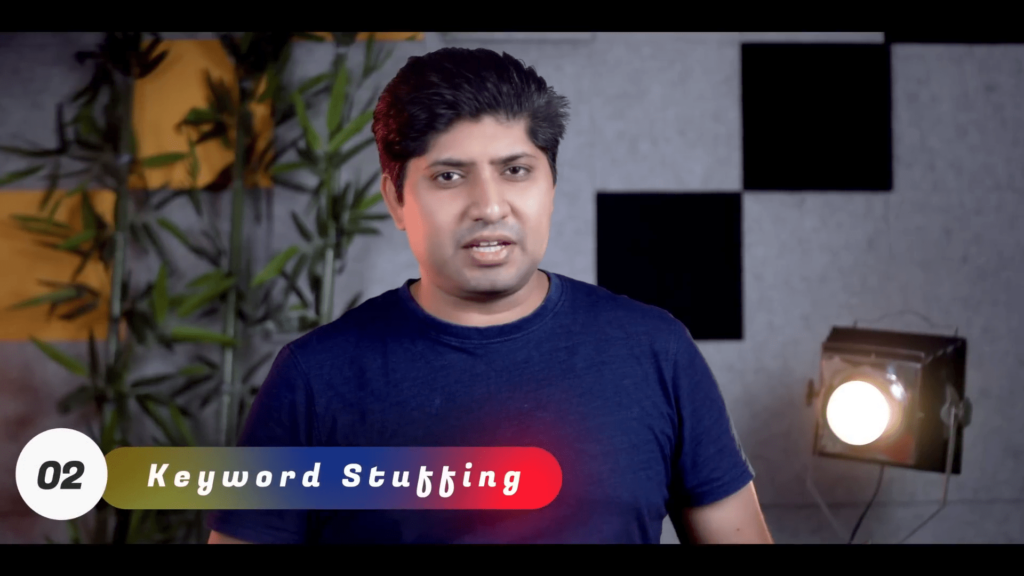
3. Clocking: Maintaining Transparency with Users 👀
Clocking involves showing different content to users and search engines. This deceptive practice can lead to severe penalties from Google.
To avoid clocking:
Ensure that the content displayed to users and search engine bots is the same.
Avoid using dynamic content to mislead search engines.

4. Doorway Pages: Creating Unique Content 🌍
Doorway pages are described as low-quality traffic pages aimed at different geographies, but having the same content, which is not indeed of high importance. These pages are capable of doing more harm than good in terms of SEO and usability of the site.
About the issue of doorway pages:
Remove duplicated pages and allow only one page on that matter.
Make sure that every page is unique and useful in one way or another.
5. Hacked Content: Securing Your Website 🔒
Hacked websites often result in unwanted modifications and content controlled by others. To ensure the rectitude of your site, security measures should be undertaken periodically. The following steps addressed the issue of hacked content:
Keep your website security up to date.
Keep track of the robbers on your website who make unauthorized changes.
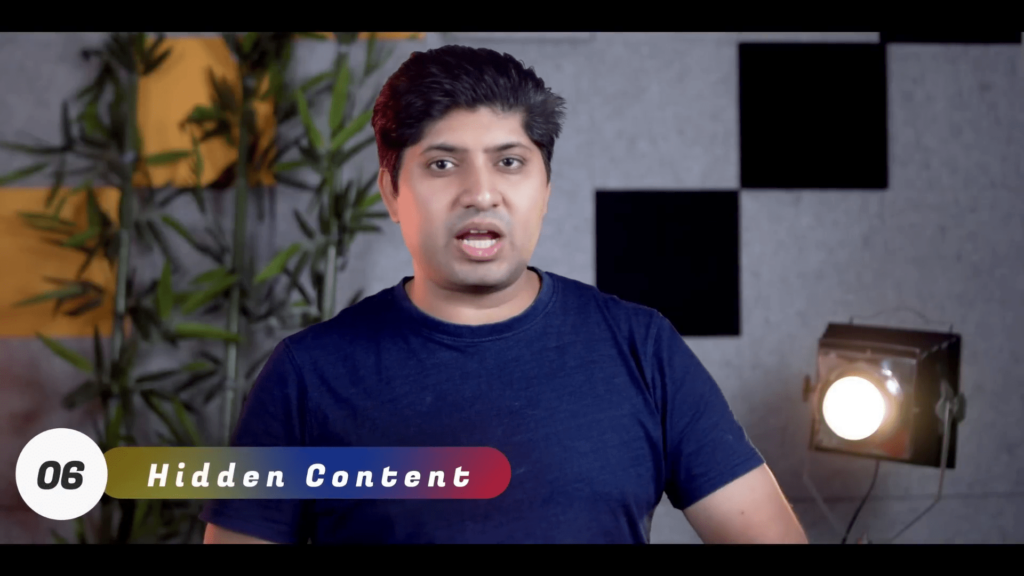
6. Hidden Content: Transparency is Key 🔍
Based on here, hidden content is when text or links are embedded in a web page, which can be seen by search engines but are not visible to users. Although this is a good practice for search engine optimization, it is unethical.
Hence, to avoid hidden content:
Make sure that no parts of the web page are hidden from the users.
Do not use any means to hide text or links.
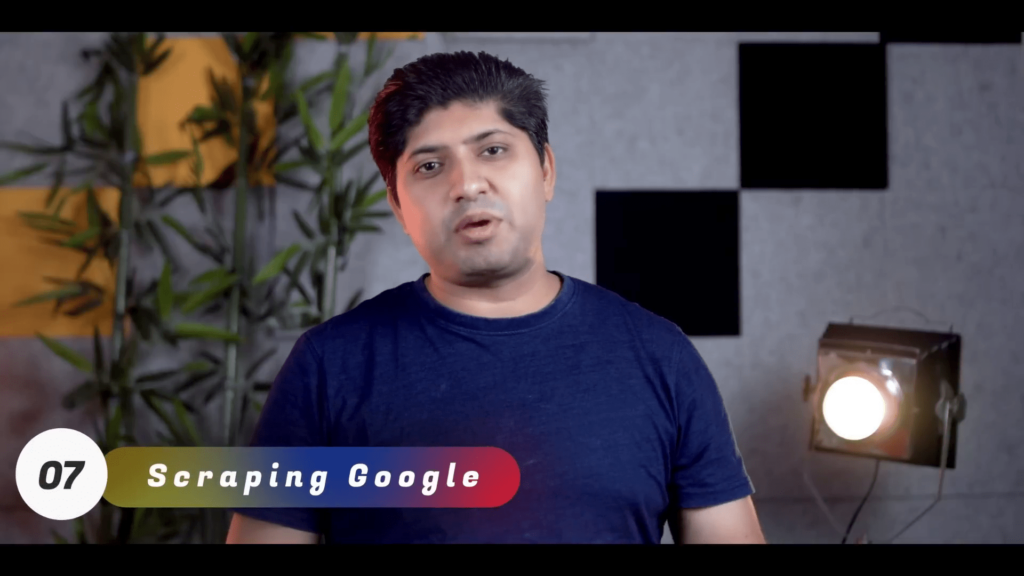
7. Scraping: Respecting Google’s Policies 📜
Scraping involves using tools to fetch and analyze search results, violating Google’s terms of service. This practice can lead to penalties and loss of rankings.
To avoid scraping:
- Do not use automated tools to fetch search results.
- Conduct searches manually and analyze results ethically.

8. Artificial Content: Prioritize Quality ✍️
Content produced trying to pass through the AI tools without passing through Google’s quality filters would lower the status of the website in some instances. Such content is not currently tolerated by Google.
To produce content at acceptable standards:
Write original content that has value to people.
Do not depend on many AI tools in writing and developing content.
9. Malware: Protecting Your Visitors 🦠
Malicious software, or simply malware, can be defined as a harmful program that can infect the devices of users who visit and use your website. Quite importantly, one must engage in website testing in the context of vulnerability scanning.
To avoid the problem of malware:
Implement security against outside dangers.
Make malware searching routine on your website.
10. Misleading Functionality: Deliver on Promises ✅
Such websites are likely to be penalized by Google for advertising features or tools that, unfortunately, they do not provide. Make sure that your website keeps its promises.
To prevent the counterfeiting of some critical features:
Provide tools and features that you claim.
Correct the broken functions within a short time.
11. Sneaky Redirects: Be Honest with Redirects 🔄
Sneaky redirects occur when users are sent to different URLs than those seen by search engines. This practice is deceptive and can lead to penalties.
To avoid sneaky redirects:
- Ensure that both users and search engines see the same content.
- Avoid redirecting users without clear intent.
12. Lazy Affiliate Pages: Add Unique Value 💡
Lazy affiliate pages use manufacturer-provided content without adding unique value. This practice can lead to penalties from Google.
To avoid lazy affiliate pages:
- Create unique content that provides genuine value.
- Use your own images and insights to enhance content.
13. User-Generated Spam: Moderate Content 🛡️
User-generated spam refers to unmoderated content added by visitors. This can harm your site’s reputation and lead to penalties.
To manage user-generated content:
- Implement moderation systems for user submissions.
- Regularly review and clean up content.

14. Real Scams: Maintain Authenticity 🏷️
Websites that imitate established brands can be penalized as scams. Ensure your branding and messaging are clear and authentic.
To avoid being labeled a scam:
- Clearly state your brand identity.
- Be transparent about your services and affiliations.
Conclusion: Taking Action to Recover 📈
If your website has been affected by Google’s October Spam Update, it’s crucial to take action based on the points discussed. Identifying and rectifying spam activities will help restore your website’s traffic and reputation. Remember, recovery takes time, but with consistent effort and adherence to Google’s guidelines, you can bring your website back to its former glory.

